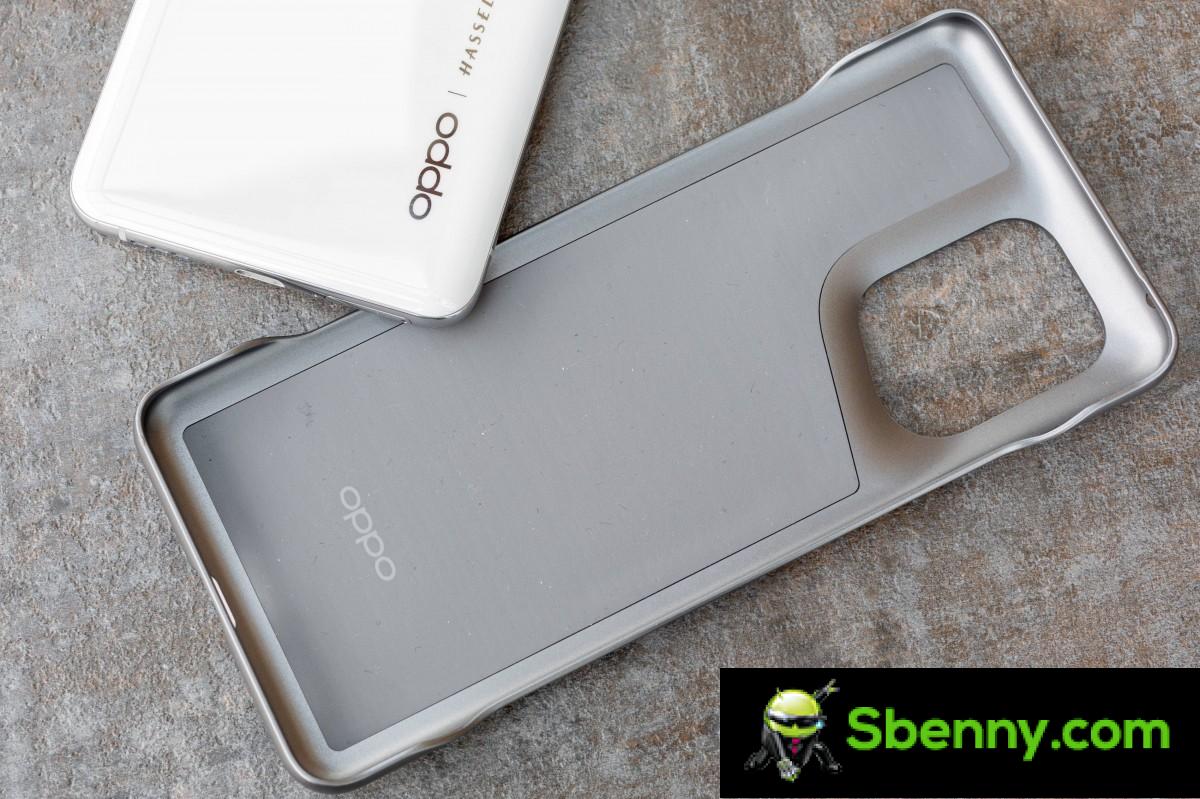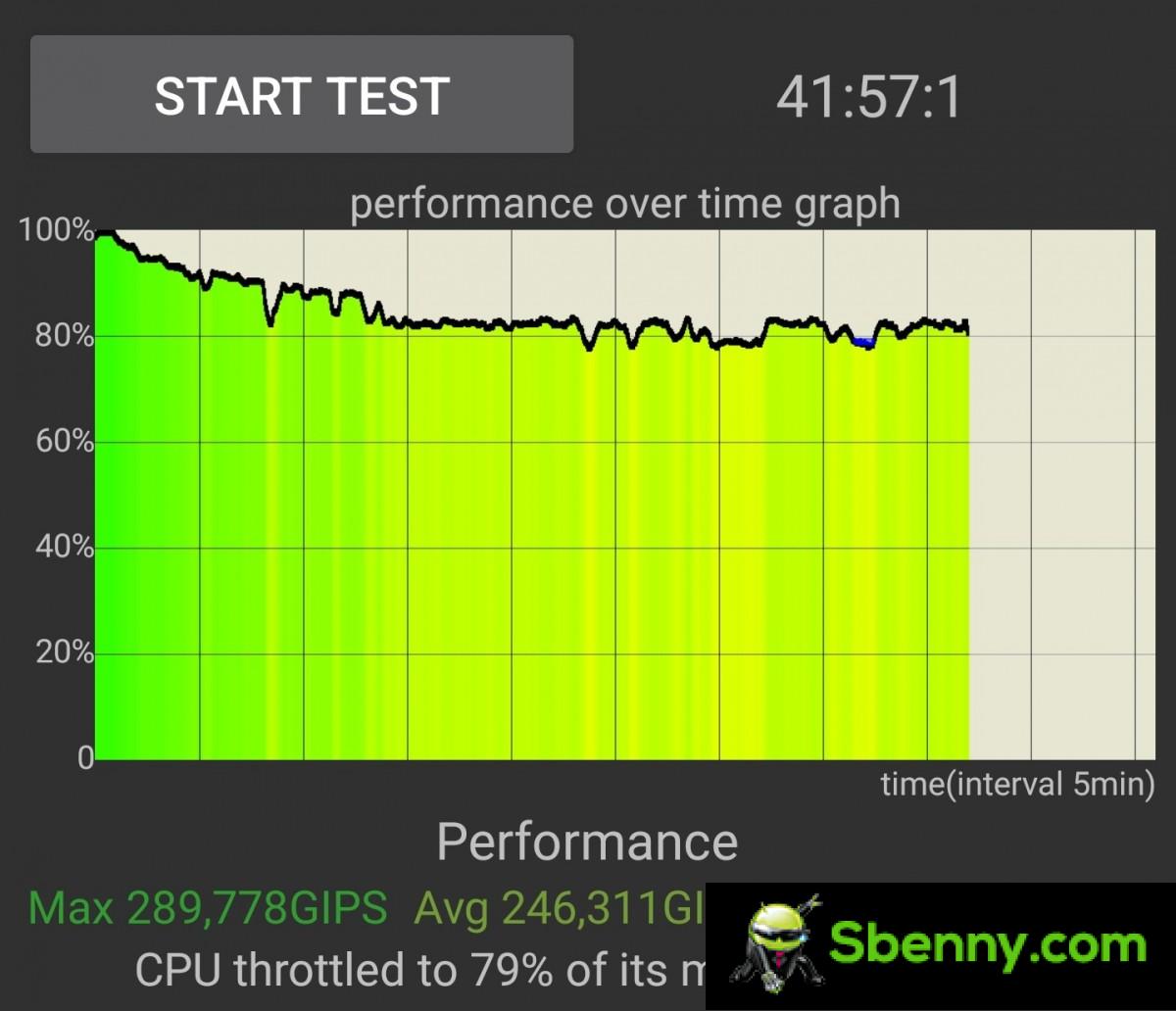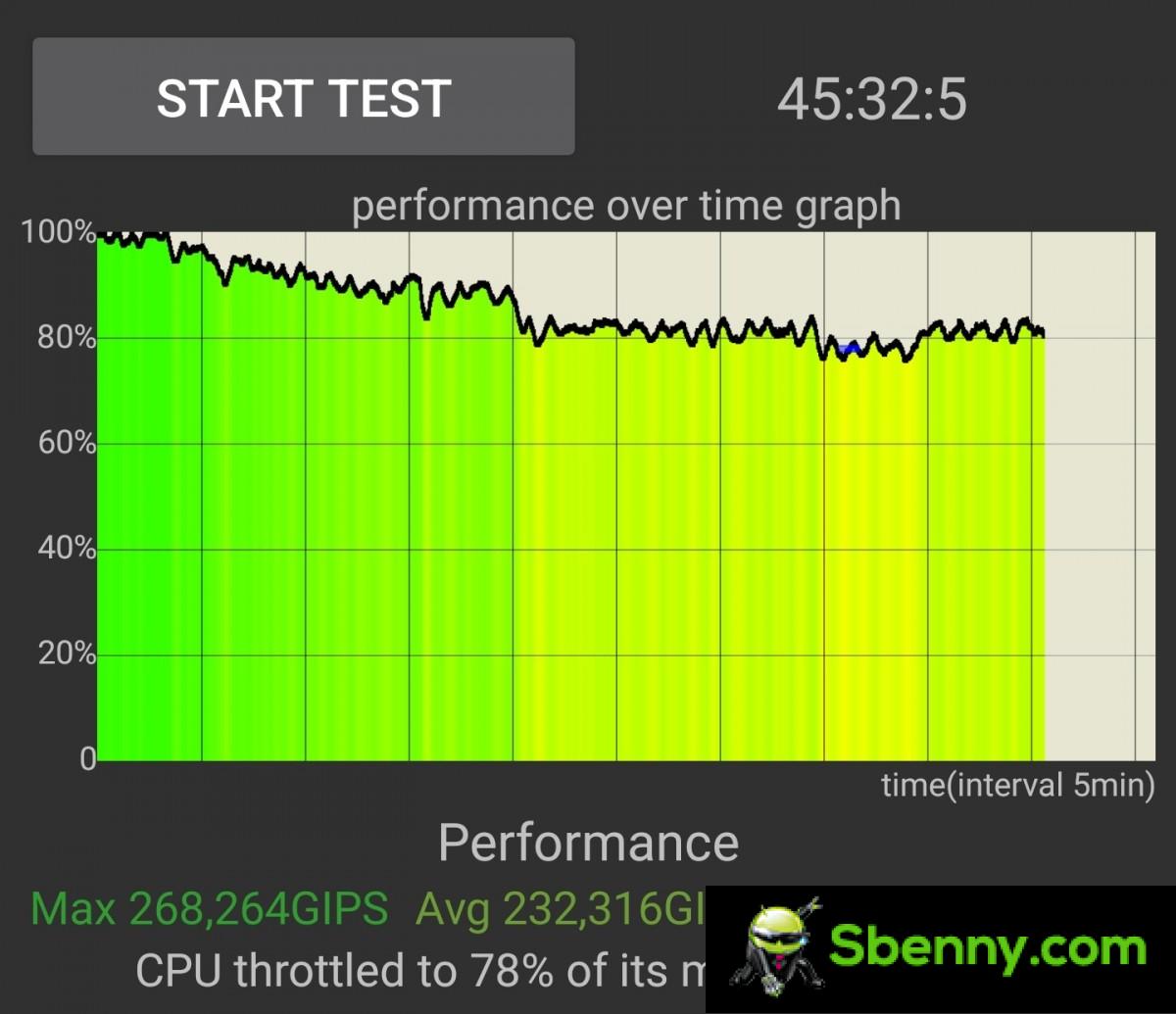introduction
We have just received a unique new accessory for the Oppo Find X5 Pro: the Oppo Ice-Skin case. Thought to aid in the passive cooling of the phone, this case ships as part of the standard retail set of phones sold in China. Unfortunately, the case’s availability is so far limited to China and we received our test unit directly from Oppo.

At the time of writing, we couldn’t find the enclosure available outside of China, even though we were promised a global version would be coming. However, for Western Find X5 Pro users, the case will be a separate purchase with the price yet to be announced.
However, it is the technical side that has piqued our curiosity. It’s not often that you see technological innovation in something as simple as a protective case.



Oppo Find X5 Pro Ice Skin case
The Ice-Skin case is unique because it incorporates a soft hydrogel layer all over the back. The hydrogel is stored inside a soft, rubbery casing, which can be seen from both the inside and the outside of the case.
Inside, the rubbery surface is flat and unbroken, keeping full contact with the back of the phone.

On the outside, the hydrogel is covered with a series of plastic strips, which offer flexibility and protection at the same time. They allow the hydrogel some contact with the environment, which presumably is all it needs to regenerate its cooling abilities. The case should collect heat from the back of the phone, continuously transfer it to the ambient air, and do it much more efficiently than any other case.

If you’ve read our detailed Find X5 Pro review, you probably remember that the phone has a built-in multi-level passive cooling system. A 3D graphene film covers the motherboard and charging coil, and a dedicated ultra-thin graphite film covers both the back of the screen and the display IC. A vapor chamber with an area of almost 75% larger than the Find X3 Pro covers both the SoC and the battery.

This system is supposed to efficiently dissipate all the heat generated during high-intensity use on the surface of the phone.
Unfortunately, even this extra-large vapor chamber is sufficient as the Qualcomm Snapdragon 8 Gen1 chipset can get quite toasty under load. Despite the advanced passive cooling system, the phone’s benchmark scores quickly dropped in the second and third runs due to thermal throttling.
We don’t mean that the Find X5 Pro is a worse offender in this respect than any other phone wielding the Snapdragon 8 Gen 1, but of course, Oppo thinks there is more to it than simply rely on the integrated cooling solution.
Enter the Ice-Skin case with its Glacier Mat. Using a special hydrogel, developed by the Wuhan University in China, it is able to continuously absorb moisture from the air over and over and release it via evaporation, thus offering a continuous recharge of its cooling properties.

Even before putting the case on the phone, the hydrogel pad on the inside of the case looked noticeably cooler than any other surface in the room (ambient air temperature of 22C), so it was a promising start.
Test the cooling performance of the Ice-Skin case
The test we decided to use to examine the cooling performance of the Ice-Skin case is the CPU Throttling Test (available on Google Play), which we use frequently in our reviews.
Test execution 1 – Case off
The the first run had the Find X5 Pro naked, without a case, and we rested the phone on the back on two thin strips of silicone without touching larger solid objects that could aid in heat dissipation (like the desk). The ambient temperature was 21 ° C. The screen brightness slider has been set to 50% on the slider.
Less than ten minutes into the test, CPU performance had its first dip below 80%. The reported battery temperature was 41 ° C, compared with 22 ° C at the start of the test.
From there on, the phone obviously got its bearings and for the next 10 minutes or so it went below 80% only once or twice. The reported core temperature, however, rose to as high as 43 ° C. The top of the back of the phone was also getting quite hot to the touch, especially the metal frame.
The warm top of the chassis was a little scary. We weren’t sure if the Ice-Skin case could do her magic on that hotspot, in particular, as the hydrogel pad didn’t extend upward. But hey, if we knew all the answers in advance, we wouldn’t take this test.
Twenty minutes after starting the test, the phone stabilized comfortably at around 80% performance with no significant dips. The temperature appeared to have stabilized at 43 ° C.
Thirty minutes after starting the test, the phone’s performance was still hovering around 80%, but the reported core temperature rose to 44 ° C. The top of the metal frame was no longer comfortable to touch for more than a few seconds.
After forty minutes of testing, we continued to see the same thing: performance around 80% and battery temperature around 44 ° C, so we stopped the clock.
 CPU throttling test with Ice-Skin case OFF from phone: focus on the first 20 minutes
CPU throttling test with Ice-Skin case OFF from phone: focus on the first 20 minutes
There are hardly any surprises here, although we admit that the Find X5 Pro has improved upon our review results, where it dropped to 70% after just twenty minutes of testing.
Test 2 – Case activated
For the second run, our Find X5 Pro was now compatible with the Ice-Skin case. The other environmental conditions were identical.
By monitoring the performance graph in real time, we could immediately see an improvement in the phone’s performance as the timer started.
Ten minutes into the test, the phone had its first dip to around 90% performance, but the temperature was only 38 ° C.
Only after 16 minutes from the start of the test did we see the first drop below 80% and temperatures around 42 ° C. Now, with the case in place, the phone took twice as long to get to this point.
But from then on, we saw the same thing as before. Twenty minutes after starting the test, performance stabilized around 80% and temperatures reached a steady 43 ° C.
 CPU throttling test with Ice-Skin case on phone – focus on the first 20 minutes
CPU throttling test with Ice-Skin case on phone – focus on the first 20 minutes
We completed the second run forty minutes after the start, with the performance hovering around 80% and the core temperature holding at 44 ° C, again, just like in the first run. Only this time, with the case wrapping around the bezel of the phone, touching it was no longer a problem despite the high temperatures.
Conclusion
We can safely conclude that with prolonged heavy loads (20 min +), the Find X5 Pro will overheat and drop to around 80% of its maximum performance regardless of whether or not you are using the Ice-Skin case.

In fact, the cooling properties of the case seem temporary, and while it has regenerative capabilities, unlike most hydrogels, it falls far short of what is needed to keep the Oppo Find X5 Pro cool under prolonged load.
However, as a temporary cooling relief (less than 15 minutes) or when you need all the performance, your phone can gather for one or two quick gaming sessions, the Ice-Skin case can give you that cooling boost you need. .
Also, from a design standpoint, it’s a pretty cool looking case and doesn’t add more bulk than a regular case.
All in all, the Oppo Ice-Skin case is worth recommending and does a great job as long as you keep your expectations in check.







Start a new Thread